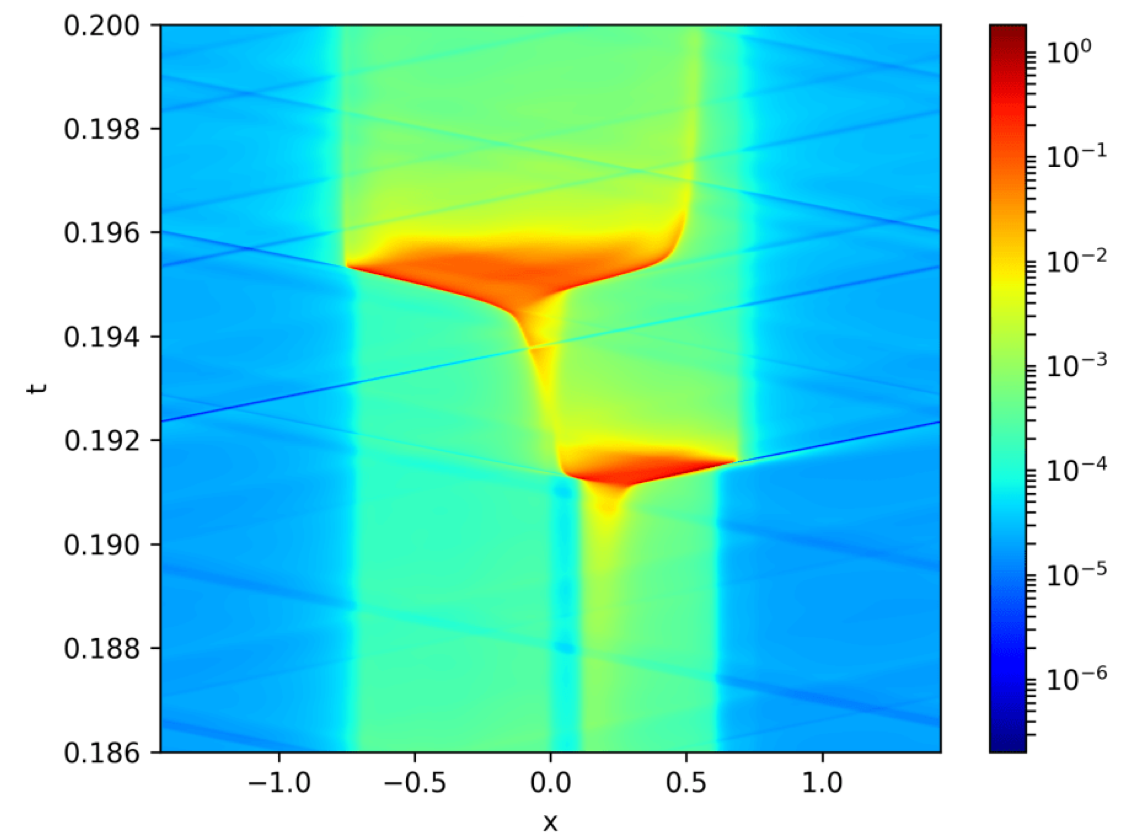Modeling Laboratory Earthquakes
Natural earthquakes are a complex phenomenon that is unpredictable due to little knowledge about conditions at the tectonic faults at depth and few recurring events that are equal. One approach to overcome these limitations in our understanding of earthquakes is to artificially generate earthquakes in the laboratory. While the experimental setup creates well-controlled and repeatable conditions, complexity of such laboratory earthquakes is still high and observations present a large range of mechanisms during nucleation, propagation and arrest.

We develop numerical and theoretical models to help analyzing observations from laboratory earthquakes and provide insight about the governing physics of this highly dynamic phenomenon. We compare our numerical and theoretical results with experimental observations to verify and improve our simulations. Moreover, we use the models to test assumptions and our understanding/interpretation of the experiments. Our models have helped us to better understand the propagation speed of fault ruptures, describe the size of an upcoming laboratory earthquake, and to characterize frictional properties of laboratory faults.
